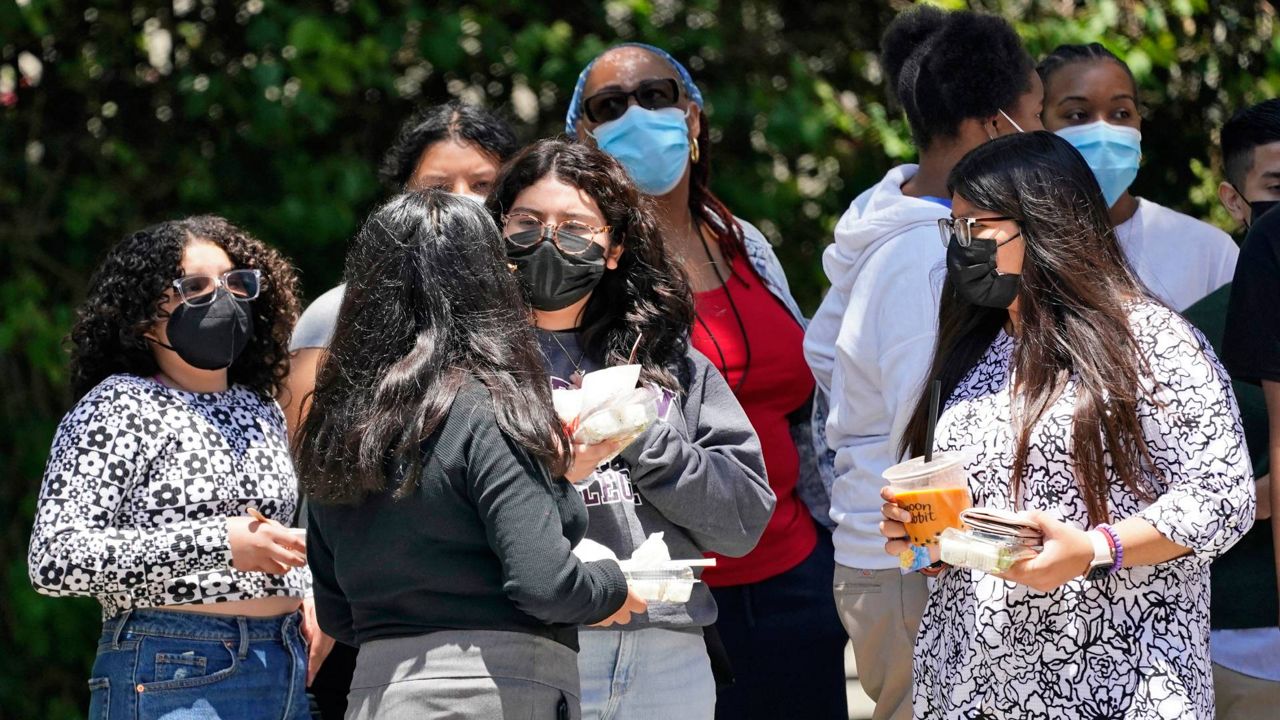More than four out of five American adults who are living with long COVID say they’re experiencing some level of disability as a result.
What You Need To Know
- According to CDC data released Wednesday, 81.4% of U.S. adults with long COVID, or roughly 18.5 million people, reported having their ability limited by the condition
- Twenty-five percent of those adults describe those limitations as significant
- Thirty percent of adults who had COVID-19 said they experienced long COVID — half of whom say they still have the condition
- Long COVID, which also goes by other names including long-haul COVID and post-COVID, includes a wide range of symptoms that last at least four weeks after a COVID-19 infection
According to CDC data released Wednesday, 81.4% of U.S. adults with long COVID, or roughly 18.5 million people, reported having their ability limited by the condition. Twenty-five percent of those adults describe those limitations as significant.
Long COVID, which also goes by other names including long-haul COVID and post-COVID, includes a wide range of symptoms that last at least four weeks after a COVID-19 infection.
Most people’s symptoms slowly improve over time, but others experience symptoms that last for months, or even longer, according to the CDC. An analysis in August by the Brookings Institution estimated that 2 million to 4 million Americans are out of work due to long COVID.
The long list of its possible symptoms include fatigue, fever, shortness of breath, cough, chest pain, brain fog, sleeping problems, and change in smell or taste.
Long COVID conditions are most often found in people who had severe infections, but some cases involve people who had mild or asymptomatic COVID-19, according to the CDC.
The CDC data released Wednesday found that nearly half of U.S. adults (48.2%) reported being infected by COVID-19, and 14.2% of all American adults — about one in seven — reported experiencing long COVID. Thirty percent of adults who had COVID-19 said they experienced long COVID — half of whom say they still have the condition.
The numbers come from new questions added to the Household Pulse Survey, which was designed in 2020 to provide information about the impact of the coronavirus pandemic. The data was collected from June to September. The survey is part of a partnership between the CDC’s National Center for Health Statistics and the Census Bureau.
Age does not appear to be a significant factor among those who reported being disabled by long COVID. For example, 86.3% of adults 18 to 29 years old and 81.7% of adults 80 and older reported having their activities limited.
While women were more likely than men to experience long COVID (35.1% to 23.5%), more men than women reported being limited by the condition (83% to 80.4%).
Hispanics were more likely than any other race to experience long COVID (33.2%), but Black adults (84.1%) were more likely to say they were disabled by it.
Researchers have been working to gain a better understanding of what causes long COVID. For example, a study published last month in the journal Clinical Infectious Diseases found that COVID-19’s spike protein — which allows the virus to enter healthy cells — was still present in patients a full year after infection.
Meanwhile, there are 26 clinical trials underway to find an effective treatment for long COVID, Axios reported in August.



